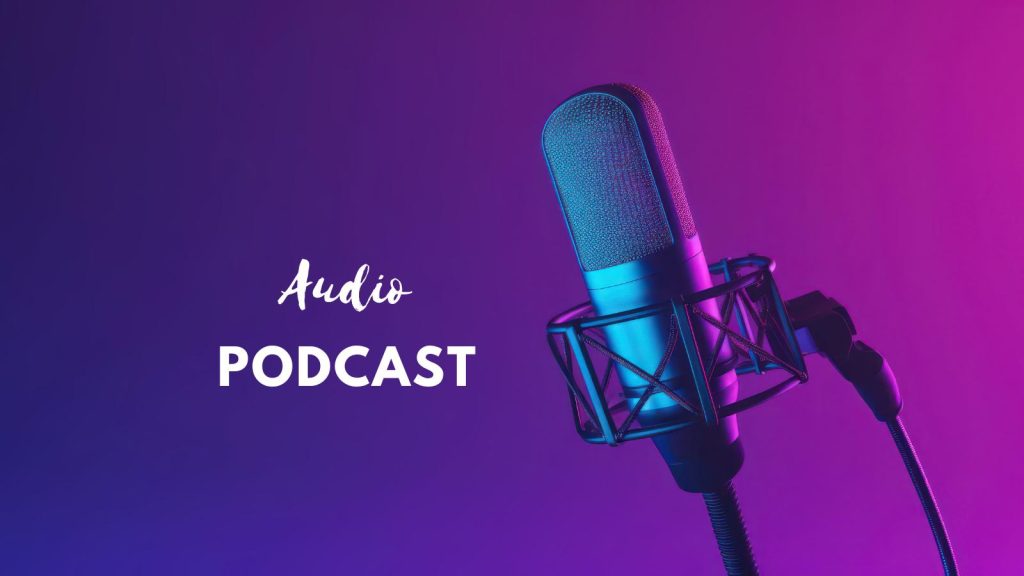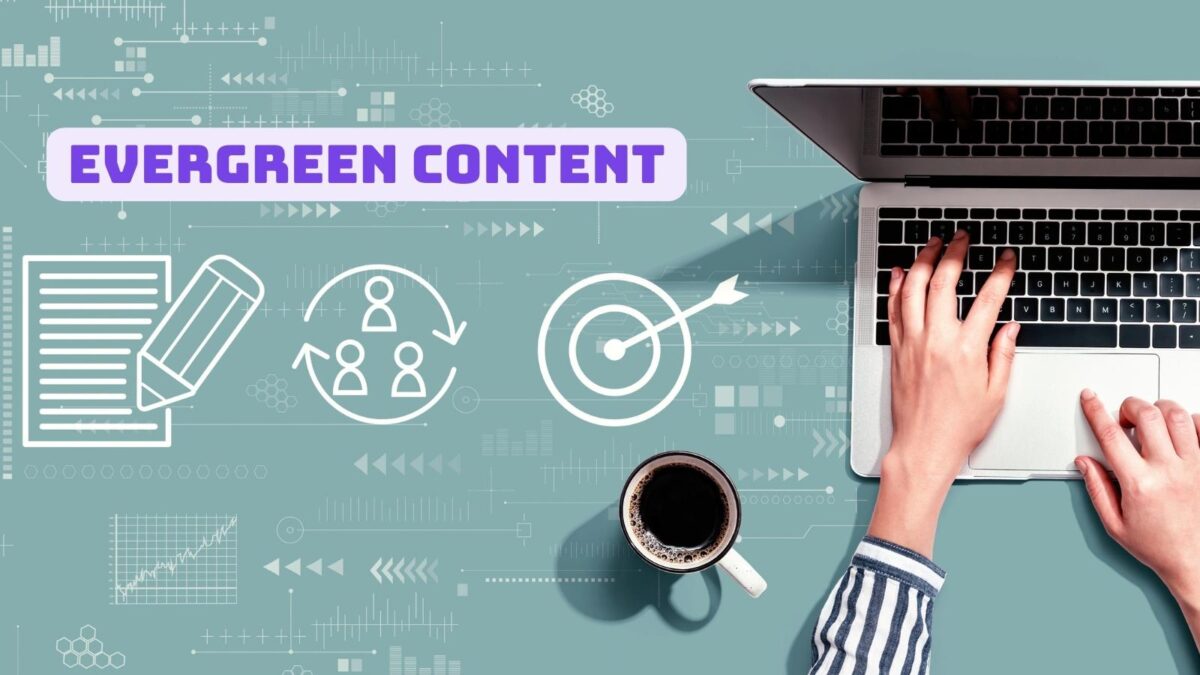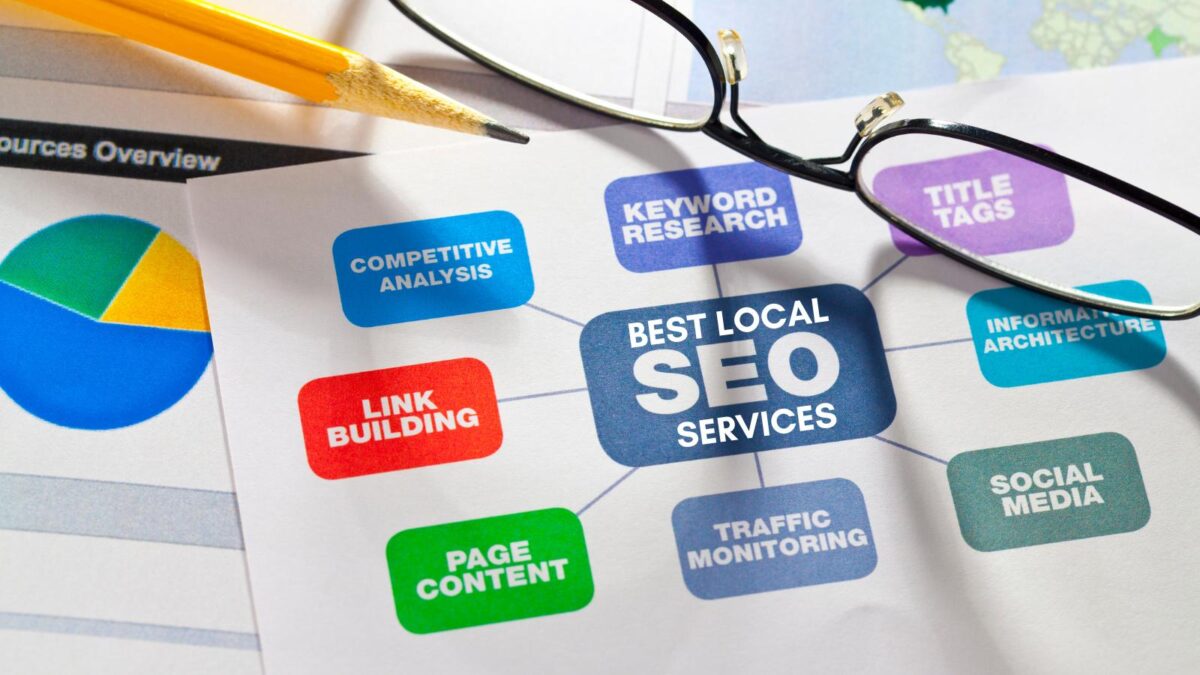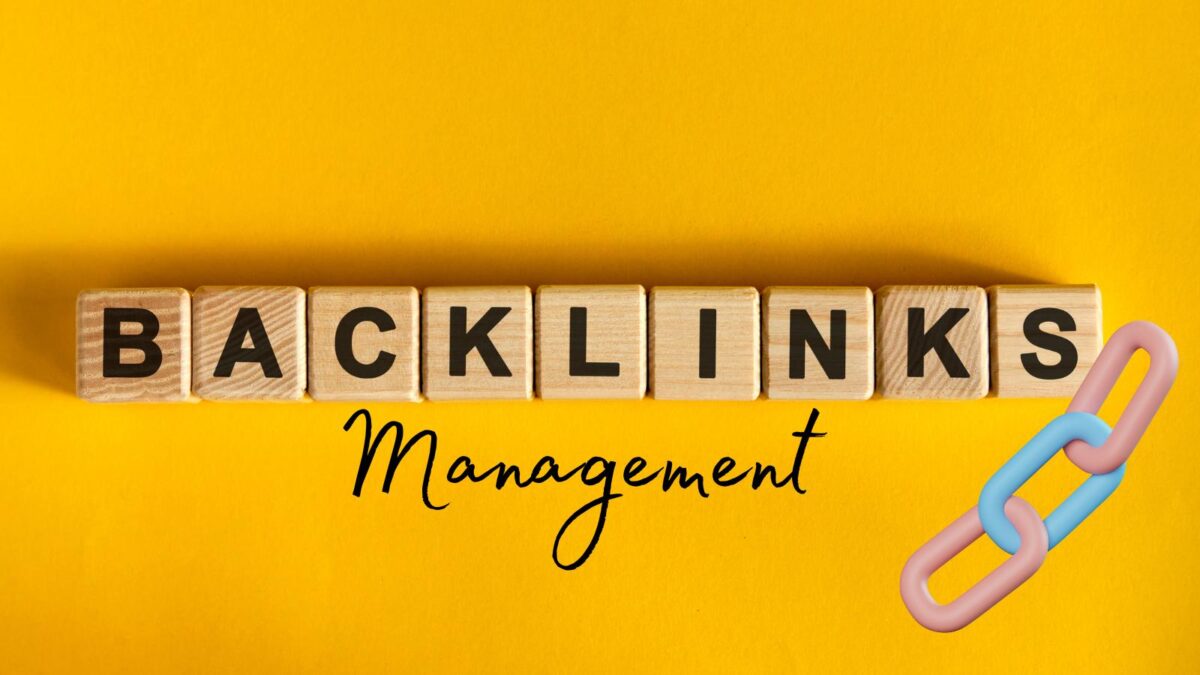Have you heard of image tagging for SEO? Search engine optimization (SEO) is a multi-billion market expected to reach $129.6 billion by 2030. Starting from early names like search engine promotion, placement, positioning, and marketing to present-day SEO has passed through numerous landscapes over three decades.
This evolution continues via consistent changes in search policies, content strategies, and algorithms even today. One of such new influential components in modern SEO is rich media content improved via optimization with audio, and image tagging.
Table of Contents
What Is Image Labeling?
Adding labels based on the contextual information of an image through meta description, HTML tags, and file name of a particular image is called image tagging. The image labeling experts scan and extract the contextual meaning of the text and convert it into an accurate description to express what the image is about.
Adding primary keywords or phrases is a common practice in SEO image tagging.
Normally, search engines take snippets of websites that satisfy the inquiry made through textual queries and image and voice searches. Accurate image labeling that describes the context and other information embedded in images will produce the most reliable and correct search results.
Thus, image tagging is very crucial in modern SEO for a higher ranking of a website.

How Perfect Image Tagging Boosts SEO Ranking and Content Visibility?
Professionally optimized images have become very critical in modern SEO strategy, which incorporates image searches, voice searches, and Google images. Accurate image tagging is highly imperative to augment images to make them effective.
Impeccable image tagging outsourcing service can help you improve content visibility as well as website ranking significantly through many ways such as:
- Helps in creating high-quality descriptive filenames incorporating suitable keyword phrases
- Creates meaningful and contextual meta-descriptions
- Creates suitable image formatting and compression ratio to improve web performance.
- Helps you optimize your content to enhance visual appeal significantly
- Generates proper alt text attributes for providing information on slow data connections
- Provides contextual guidance for search engines to understand the image properly
All those factors contribute to greater content visibility and higher page ranking in search engines and image searches simultaneously.
Why Is Image Tagging Outsourcing on the Rise Nowadays?
The demand for professional image tagging for object detection and segmentation through outsourced human resources or companies is continually increasing in the existing global human resource market.
Almost all companies across the world opt for high-quality annotation services for many great reasons such as:
- Greater efficiency – Professional-level image tagging outsourcing offers greater efficiency compared with traditional hiring in different business processes such as HR management, technical activities and tasks, and project management.
- Access to industry expertise – You do not have any limits to any country, region, or skill shortage in this method of HR hiring. You get access to the most advanced skills, specialized tools like Coco Annoator, and modern industry trends. Outsourcing provides you with the most matching specialized image tagging services.
- Faster Scalability – The average time for recruiting or subscribing to a specialized outsourced image labeling service is shorter than the traditional hiring process. Thus, you can scale up your team very fast through a wide range of hiring options such as project-based, dedicated service, shared service, out-staffing, and others.
- Cost-efficiency – Using image tagging outsourced services is highly cost-efficient. It helps you save costs in a range of processes such as sourcing, hiring, onboarding, administrating, and many other legal, corporate, and social procedures. The average cost of hiring traditional on-premises human resources is much higher than outsourcing the same process.
Content Diversification Strategy for Effective SEO Ranking
Algorithms change without any proper advance notice or warning. If you rely upon one single type of content, your website may lose ranking at any time.
To keep your audience engaged and SEO ranking high, you need to make a content diversification strategy in your campaigns such as:
- Diverse forms of content – Using text, video, images, and video data in the SEO strategy increases the diversity of your content to produce the most desirable business bottom lines.
- Miscellaneous platforms – Another major activity of a diversified content strategy is to use multiple platforms such as social media, blogs, infographics, news, podcasts, and others.
- Multi-channel support – Use guides, demos, FAQs, reviews, whitepapers, eBooks, manuals, and others for support
Adopting the diversification content strategy would help you achieve higher SEO ranking, greater user engagement, and customer satisfaction.

Introduction to Audio Annotation
The role of audio annotation in modern search engine optimization is getting more ground because of the integration of multiple types of content and inter-content relationships. These include translation, AI-powered generative tools, voice assistants, and others.
A professional audio annotation is useful in the SEO field for:
- Expressing information within audio into crawler readable text
- Helping in understanding the context of the audio
- Providing the most suitable audio data of audio files to online searchers
- Audio annotation also increases accuracy, relevance, and effectiveness of voice content, if the tag is properly made.
Image Tagging Vs Audio Tagging: SEO Implications
The fundamental implication of audio and video in SEO is that the context and meaning of the data that is enclosed in imagery and voice presentation. It needs to be expressed into the simple text so that crawlers can easily understand the content of those files.
Thus, tagging of diversified data is not limited to text but also requires voice and image tagging to produce the desired results of an SEO campaign. Modern SEO has changed due to:
- Virtual assistants
- Voice queries
- Image searches
- And others
Thus, you need audio tagging to achieve this objective. On the other hand, image search enhances the ranking of your website. It is based on the text queries that are typed for seeking certain information that may be contained in images.
With the advancements in AI generative technologies, the use of audio annotation as well as image annotation through an image labeler will grow. It will face the challenges of human resource shortage.
How Do Audio and Image Tagging Enhance User Engagement?
The online audience consists of numerous types of people such as visual learners, auditory learners, kinesthetic learners, and others. They also use numerous advanced tools such as voice assistants, Alexa, Siri, and others.
The queries of those users can result in the best answers if proper audio and image annotation is implemented on the websites.
Why Opt For Professional Annotation Services?
The most important reasons to opt for specialized annotation services for SEO include:
Top reasons for choosing a specialized annotation service for image tagging many include:
- Meticulous service – The services offered by professional companies are highly specific. They are powered by the latest skills, techniques, trends, and tools.
- Accuracy – A professional service offers you highly accurate and reliable image tagging and annotation services because they are specialized. They are also trained for that particular task.
- Quality – Using professional services enhances the quality of your data required for effective SEO strategy. It is because they are trained for creating great quality of work.
- Consistency – You would not observe any service interruptions, discontinuity, or other glitches in the smoothness of your business. Or in the data tagging processes if you use professional services for image annotation.
Advantages of Using Services of Professional Providers
In today’s data-centric world, ensuring the accuracy and quality of annotations is paramount. Utilizing professional audio annotation services offers you a range of commercial benefits and technical benefits such as:
- Low price – Hiring the service of professional data annotation companies offers you very competitive prices. These are much lower than the cost of hiring on-premises image annotators.
- Faster turnaround time – The overall speed of work of specialized COCO annotators is much higher than cross-functional teams. Specialized teams focus on a specific type of task; therefore, repetitive steps are much faster than unique activities.
- Flexibility – There are no major legal, corporate, or social bindings in remote annotation hiring services. Thus, your company gets greater agility and freedom.
- Global access – Hiring remote image annotators allows you global access without any boundaries of a country, region, creed, or gender. You have unlimited access to global resources.
How Will Content Optimization with Annotation Shape the Future of Digital Marketing?
Content optimization and annotation will transform the objectivity, performance, comprehensiveness, and efficiency of digital marketing and SEO in the future. It is in such a way that customer gets exactly what they want without any wastage of time on irrelevant results or research.
The businesses will be able to build the most accurate marketing campaigns to reach out the rightest audience efficiently.
Final Takeaway: Image Tagging For SEO
A diversified content strategy powered by accurate data annotation services is the most reliable and effective way forward for achieving the most desired business objectives in the modern field of SEO and digital marketing in this fiercely competitive marketplace.
Have you used image tagging in your blog or website?
- 11 Must-Know Tips for Instagram Leads (Quick Start Guide) - December 21, 2025
- How to Edit Posts on X: A Complete Guide to the Edit Button - December 21, 2025
- 5 Top Tips for Social Realtors on X (Simple Social Media Management) - December 20, 2025



